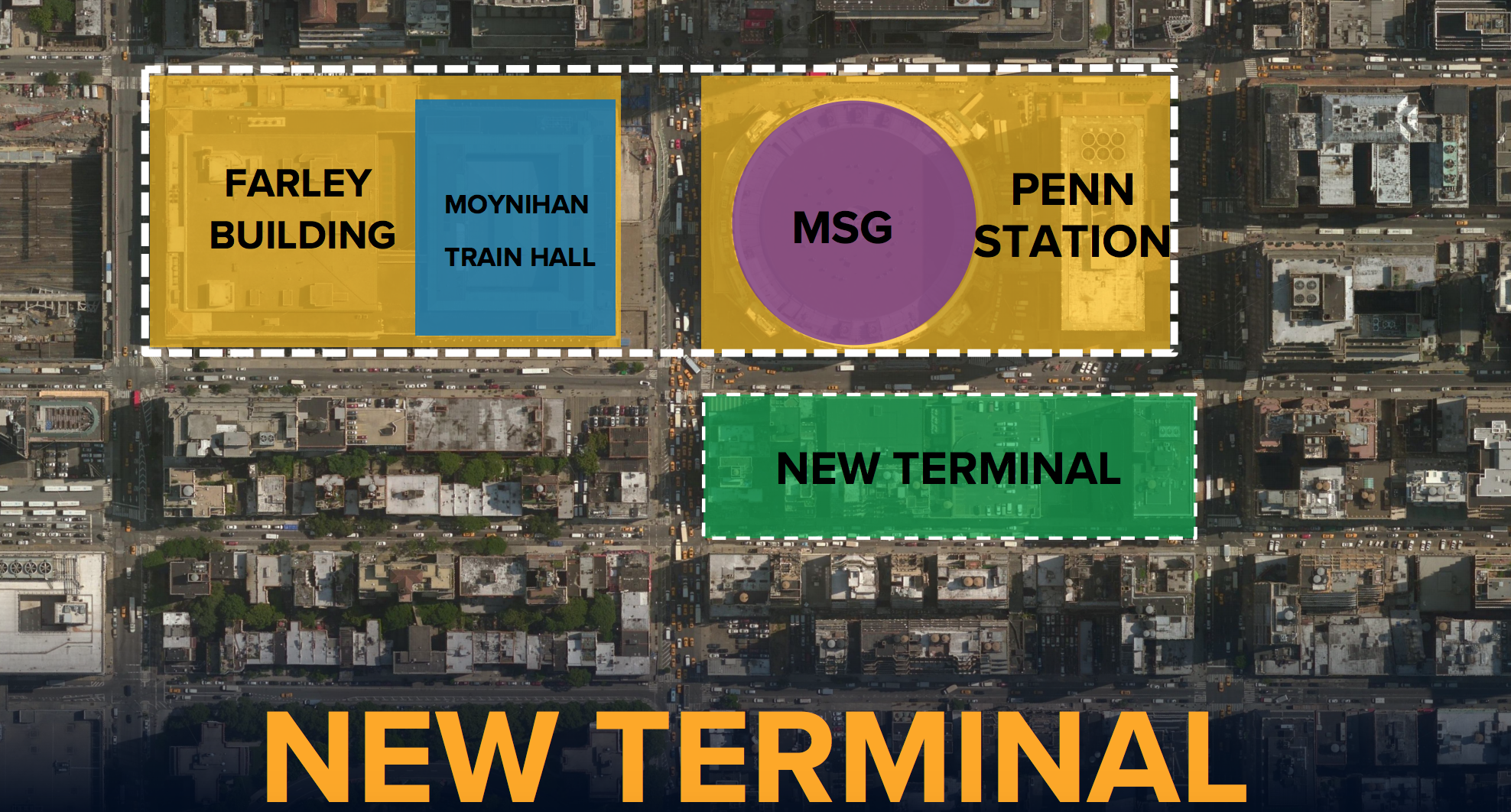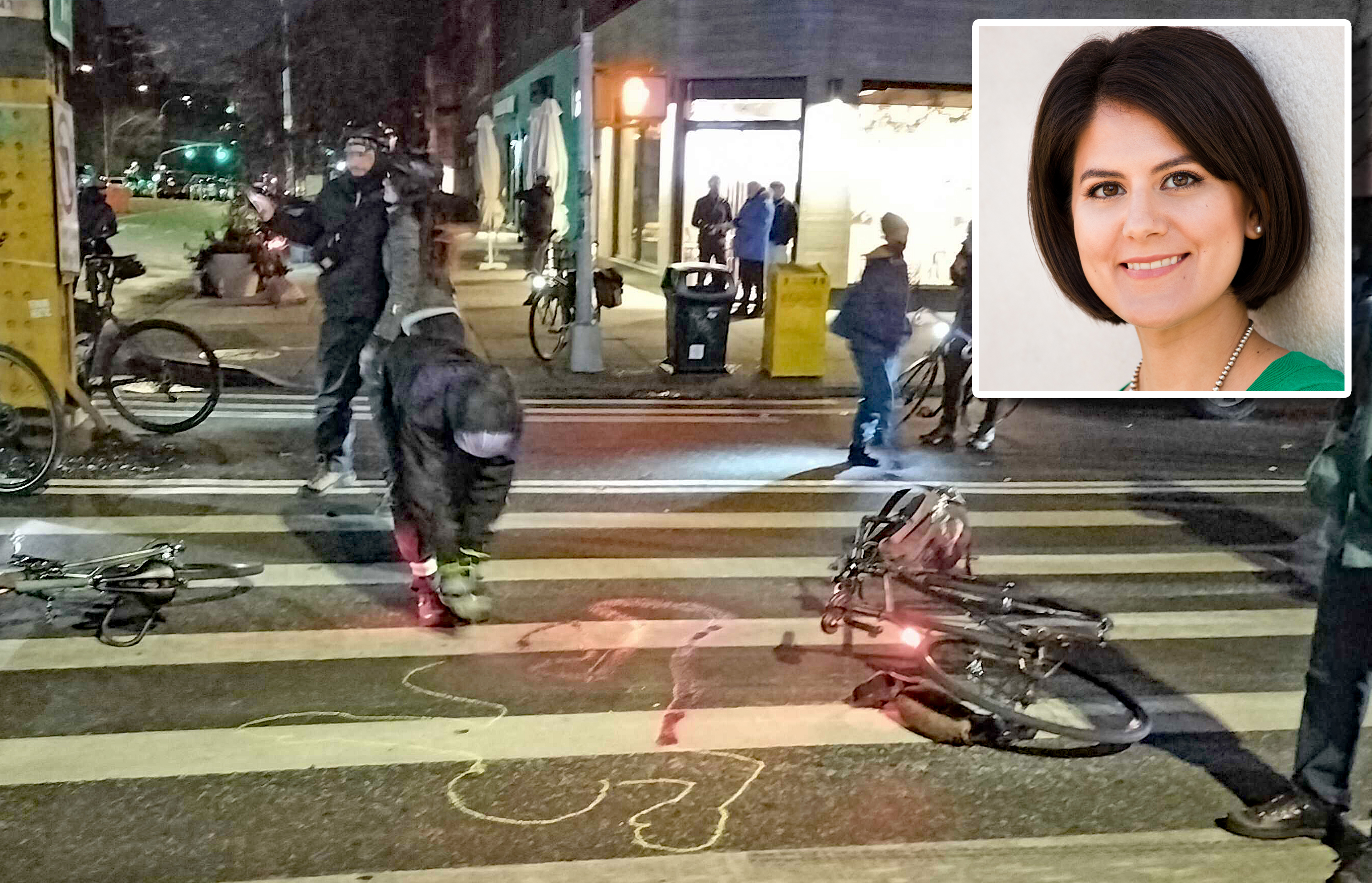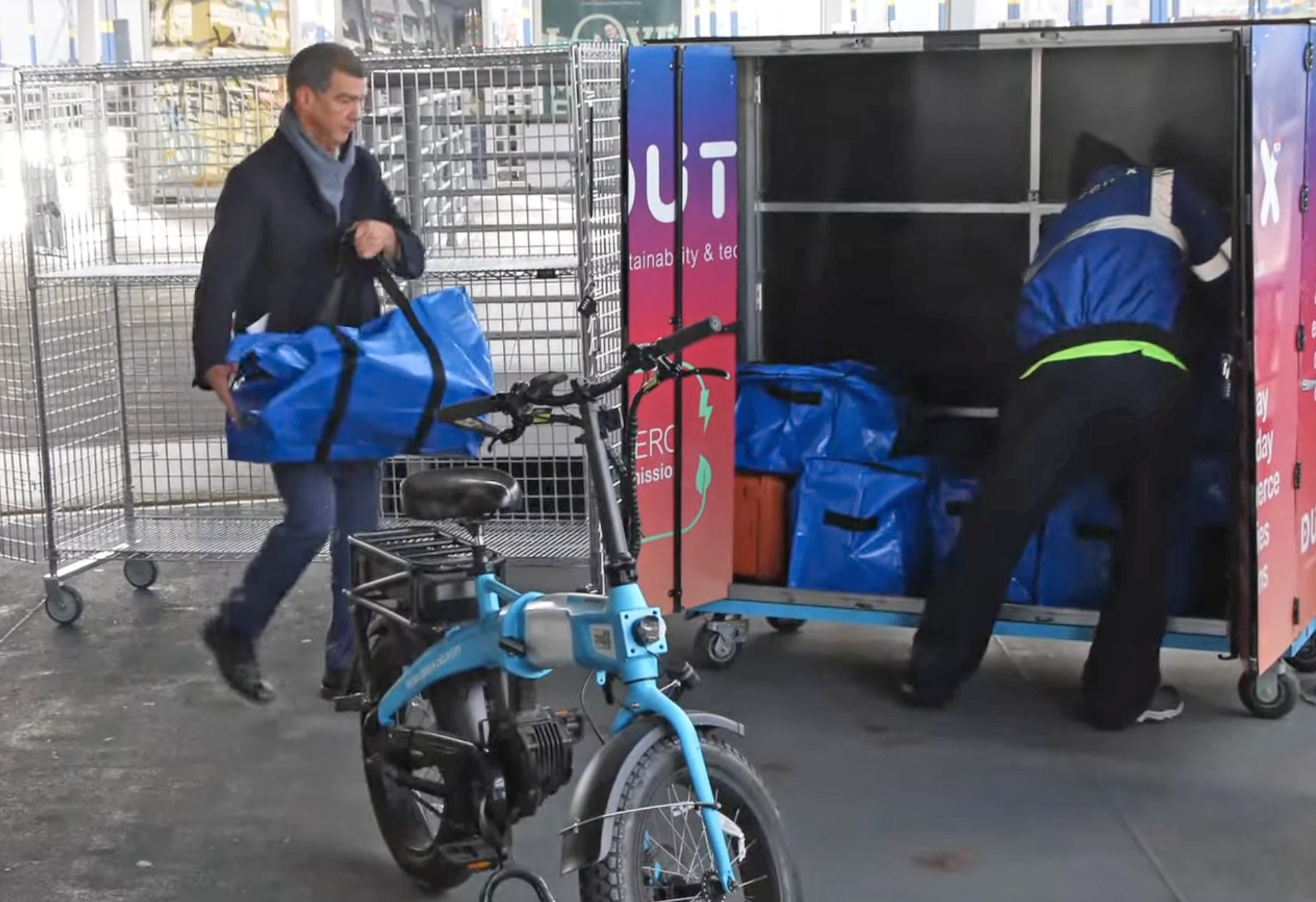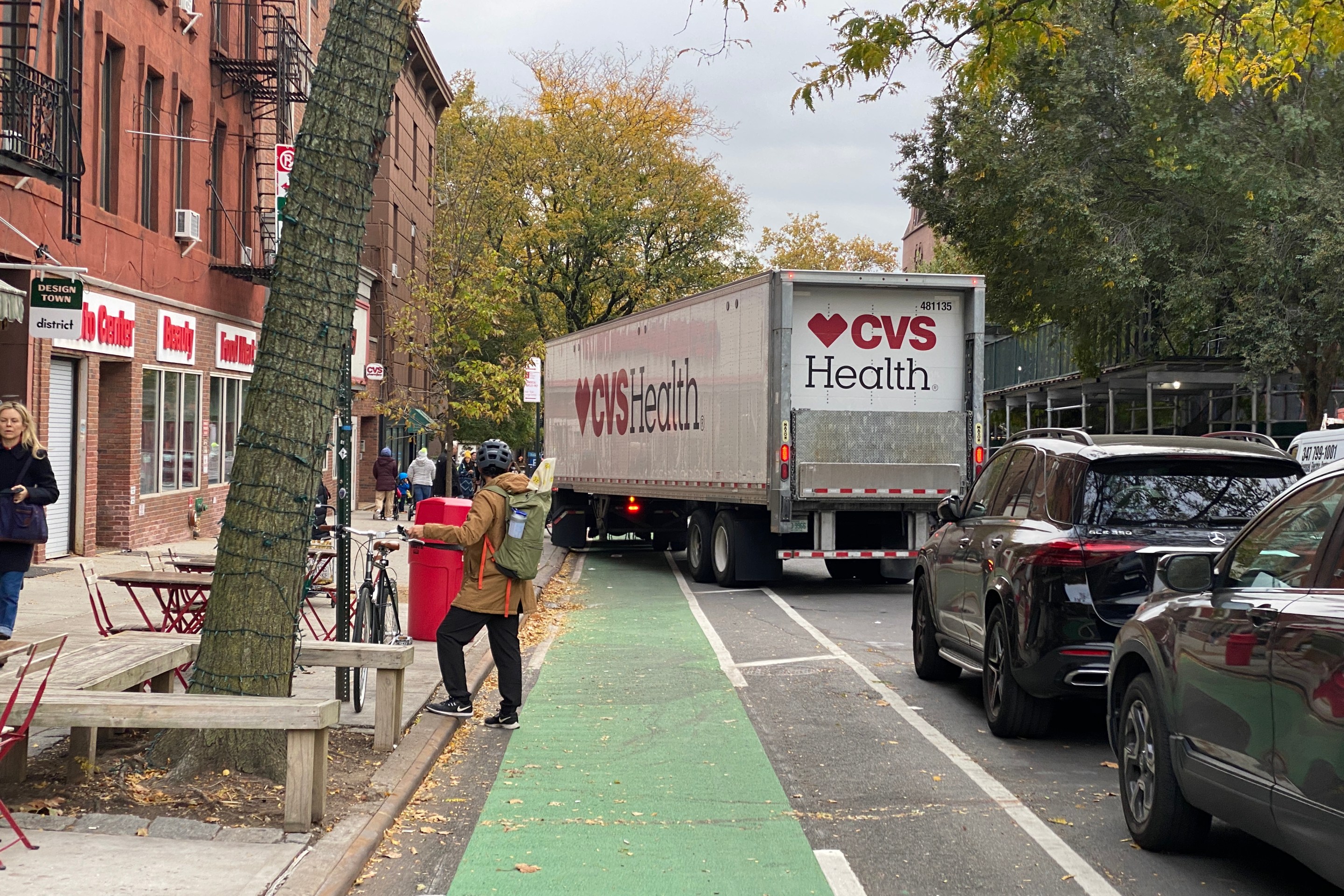Gov. Cuomo’s $8-billion plan to enlarge Pennsylvania Station by acquiring a full city block between 30th and 31st streets for an annex may appeal to many commuters who (during normal times, at least) cram daily into the outdated facility. The plan would build eight tracks to accommodate 175,000 daily trips and complement the proposed Amtrak “Gateway” trans-Hudson tunnels.
Yet, for less money than an annex — and with much less disruption of Midtown — New York and New Jersey could recalibrate the existing station and the Long Island Rail Road and NJ Transit rail networks to accomplish the same goals.
How so? Instead of operating in the same-old inefficient, disjointed manner, the railroads could adopt the modern practice of through-running. Furthermore, through-running would add one-seat rides from New Jersey on to Long Island or Connecticut that the annex — which would be connected only to New Jersey — wouldn’t allow.
Most (15 out of 21) Penn Station platform tracks connect both to New Jersey and Queens, so, in theory, most arriving trains could continue through the station to other destinations. But because of decades-old practices — trains in New Jersey use overhead wires while Long Island trains use third rail — many suburban trains turn around at Penn Station. The snarls of many trains crossing paths decrease efficiency. Others simply drop off passengers and continue empty to train yards.
Through-running, on the other hand, carries passengers from a suburb through the city center to another suburb without reversing, as the New York/New Jersey trains do. Among the rail networks that use it is London’s Thameslink, which features a mixture of overhead-wire- and third-rail-powered track. Thameslink uses dual-power cars that can switch power sources when stopped.
Replacing the NJ Transit and LIRR fleets with similar cars would cost about $4 billion — and would pay off quickly. Today, trains that drop passengers sit in yards all day, which costs more per service-hour than through-running because their crews split the workday — half in the early morning and half in the evening.
New cars also accelerate and brake faster than many current ones, which would allow express trains to run local while still cutting travel time. These additional stops plus new one-seat rides would spur more ridership, especially from underserved inner suburbs.
A 2014 Amtrak study confirmed the feasibility of through-running suburban trains at Penn Station, finding that 15 platform tracks each could handle five trains an hour — more than the three to four they handle now. That would enable a capacity of 35 trains each way per hour. Using tracks 1 to 4 to turn trans-Hudson trains and using tracks 20 to 21 to “drop and go” from Queens would contribute more capacity. With through-running, the rate at which passengers clear platforms, not track capacity, limits train flow.
Unfortunately, fragmented management of Penn Station’s concourses impedes efficient circulation of passengers. Although Amtrak owns the whole station, it only manages the western portion of the concourse, renting the northern part to the LIRR and the southeast part to NJ Transit. Signage and design cues encourage each company’s passengers to board trains through “their” area of the station.
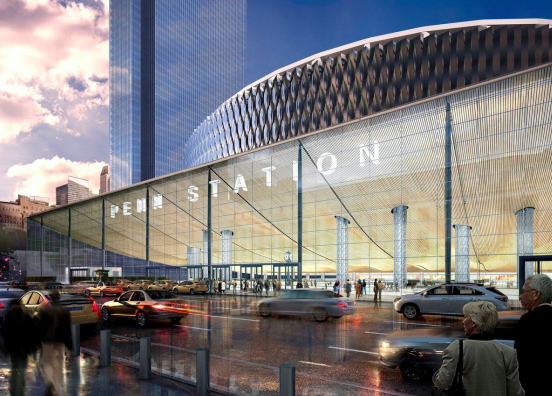
For example, prominent overhead signs inside the 32nd Street and Seventh Avenue entrance tell NJ Transit passengers to immediately turn left — giving no indication that further access to the same tracks lies straight ahead or that many NJ Transit trains board to the right. Instead, information for all trains should be displayed around the concourse, and signage should use a clear, unified naming convention for the different station areas. Moreover, all suburban ticket machines should sell fares to all suburban destinations.
Besides unified management, this scheme also would require some construction. Today, the station’s upper and lower concourses devote little floor space to passengers; scant light makes it to the platforms. Retail and office space would have to be cut in order to accommodate more foot traffic and introduce windows.
The improvements of Penn Station now underway all work well with the idea of through-running, in that they improve passenger flow. The Moynihan Station project — which expands the concourse area into the former James A. Farley Post Office building next door — will add enough stairwells to Penn’s southern platforms to cut average platform clearance times to 10 minutes from 12. This would enable through tracks to handle 42 trains per hour. Completion of the “Central Concourse” (now in design) would further speed passenger flow.
The cost of new trains plus the estimated cost for the Central Concourse and passageways ($340 million) totals well under the $8 billion that Cuomo is prepared to spend on a new annex.
New York is the world’s most expensive place for transit construction, so it must be choosy about what it builds. An approach, such as through-running, that challenges institutional inertia and territoriality would maximize return on investment.
If political leaders can channel future money into modernization rather than accommodation of outdated practices, an enviable Penn Station is within the reach.
Robert Hale (@2235astoria) is a frequent transit rider living in the greater New York area who blogs at real-rail.com.
